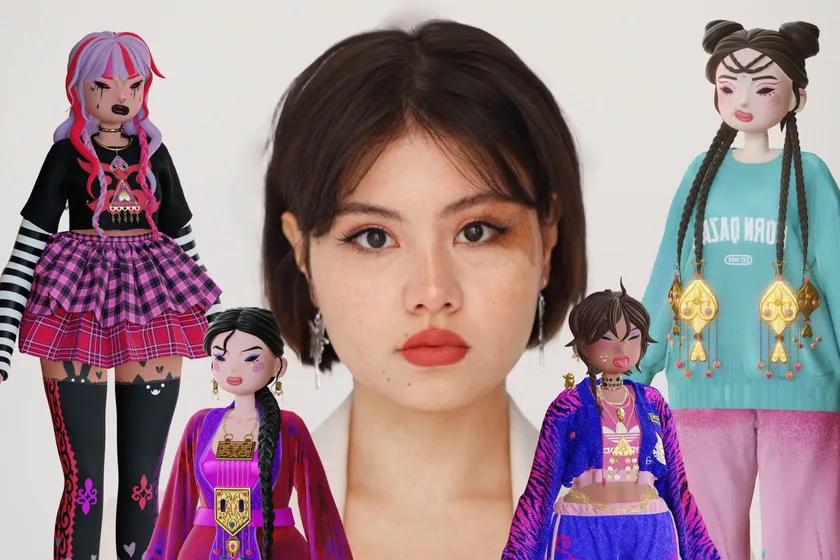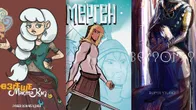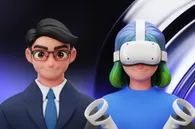Zarina Kyrgyzkhan is a 23-year-old designer born in Shymkent who is challenging beauty norms through her fun digital project. Her 3D Qazaq Barbies are bold and fierce. But recently they have been given a more traditional name, Quyrsaq, which reflects the personal change Zarina had to go through in her own life.
QazMonitor talked to the creator of Tomboy-Tomiris and VIP-Aisulu to learn how the search for her cultural identity has led to the boldest 3D art project in Kazakhstan today.
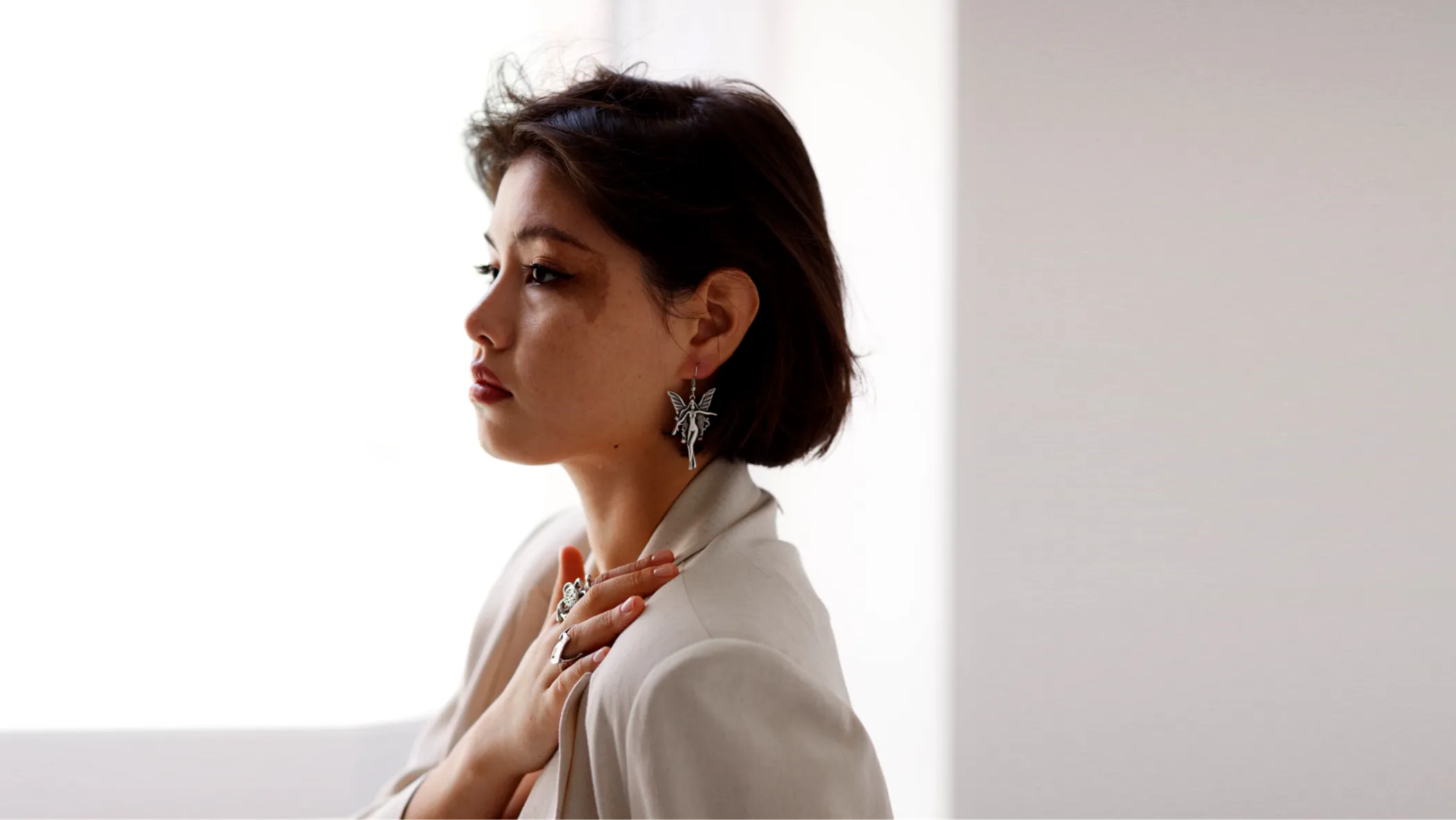
‘I couldn’t talk about my culture’
Zarina has always had a passion for drawing – so she chose a career devoted to art. She is about to start her senior year at Maryland Institute College of Art in Baltimore, majoring in animation. Little did she know, going to the US would start a journey to understanding her identity.
“There were moments when I was living in the USA…I found that I liked it when people mistook my nationality for anything but Kazakh. This will sound strange, but when people said ‘oh, you must be Japanese,’ I took that as a compliment.
It turned out to be a rejection of myself. Even in some basic questions, I couldn't say much about my culture, and I was ashamed of it. When I was assigned to make a presentation about Kazakhstan, I couldn't pull myself together at all – I had never been interested in my culture and couldn't tell anything other than the obvious facts."
I felt like an alien both in Kazakhstan and America. It was a total identity crisis. I didn't understand who I was ethnically, and whether it mattered.
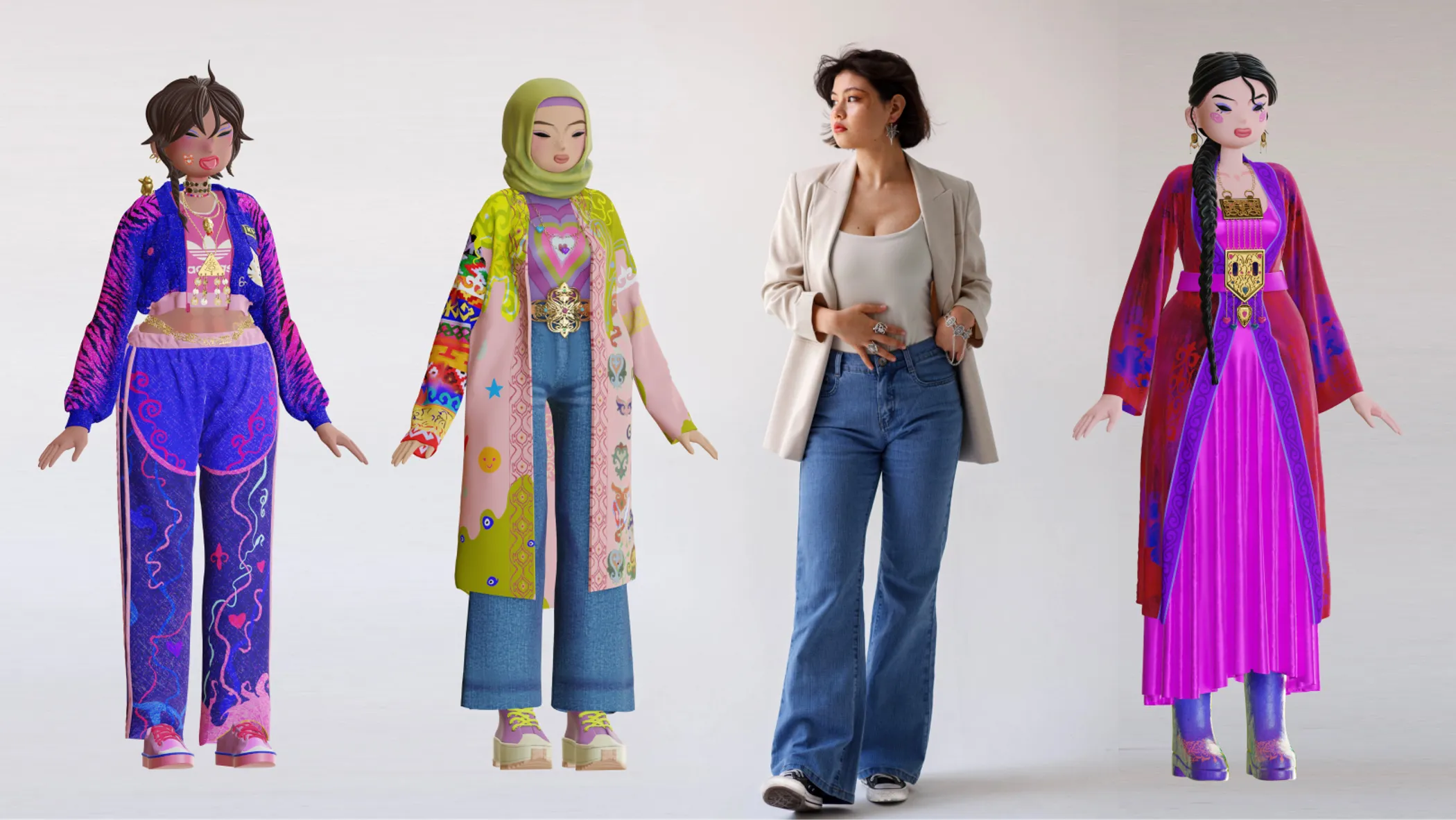
‘Not conventional beauty, but that’s my vision’
The inner turmoil became a sort of blessing in disguise – a source of Zarina’s current artistic expression. In real time, she has already created six digital dolls; the seventh – country-girl Sabina – is a work in progress. Her envisioned NFT collection, which she is planning for the future consists of 9-10 dolls.
Why do the dolls have such a design?
"It's probably my own personal vision of beauty. I love anything bright and flashy. I understand that it's not always conventionally beautiful, but it looks interesting in my eyes. A common spectator might think it's over-the-top and not quite realistic. But that's my vision.
I decided to add traditional jewelry as a key detail since the ethnicity of the dolls without the outfit and accessories is not so obvious."
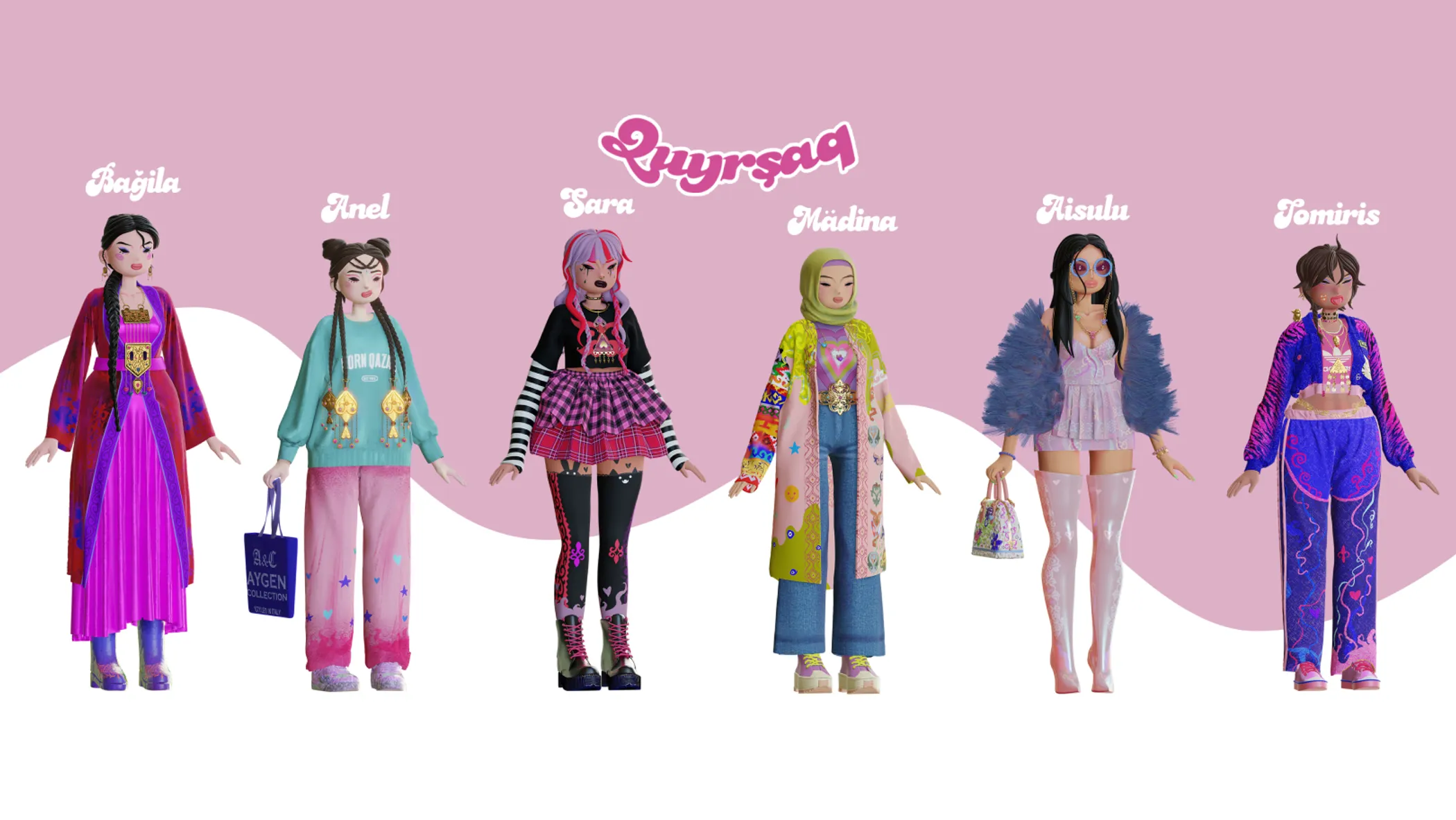
How do you choose names for the dolls?
"I usually just look at the doll and think ‘this is going to be her name’. If I get my inspiration from the image of a certain person, I name the doll after them.
The very first doll wearing a traditional costume is named after my grandmother, Bagila. The latest doll – Tomiris – I named after my 17-year-old sister. She likes to fight and tell everyone what to do and stuff like that. She has a very strong personality. The doll wears a necklace made of coins, as a reference to my sister’s love for material things. Tomiris is also the name of a Saka queen. You can see small references in the form of a pendant of severed head of Cyrus II, which is a reference to a historical myth.
Right now, I'm working on a doll with a countryside concept – with the handkerchief, the checkered bag that you often see in the markets. I will call her Sabina."
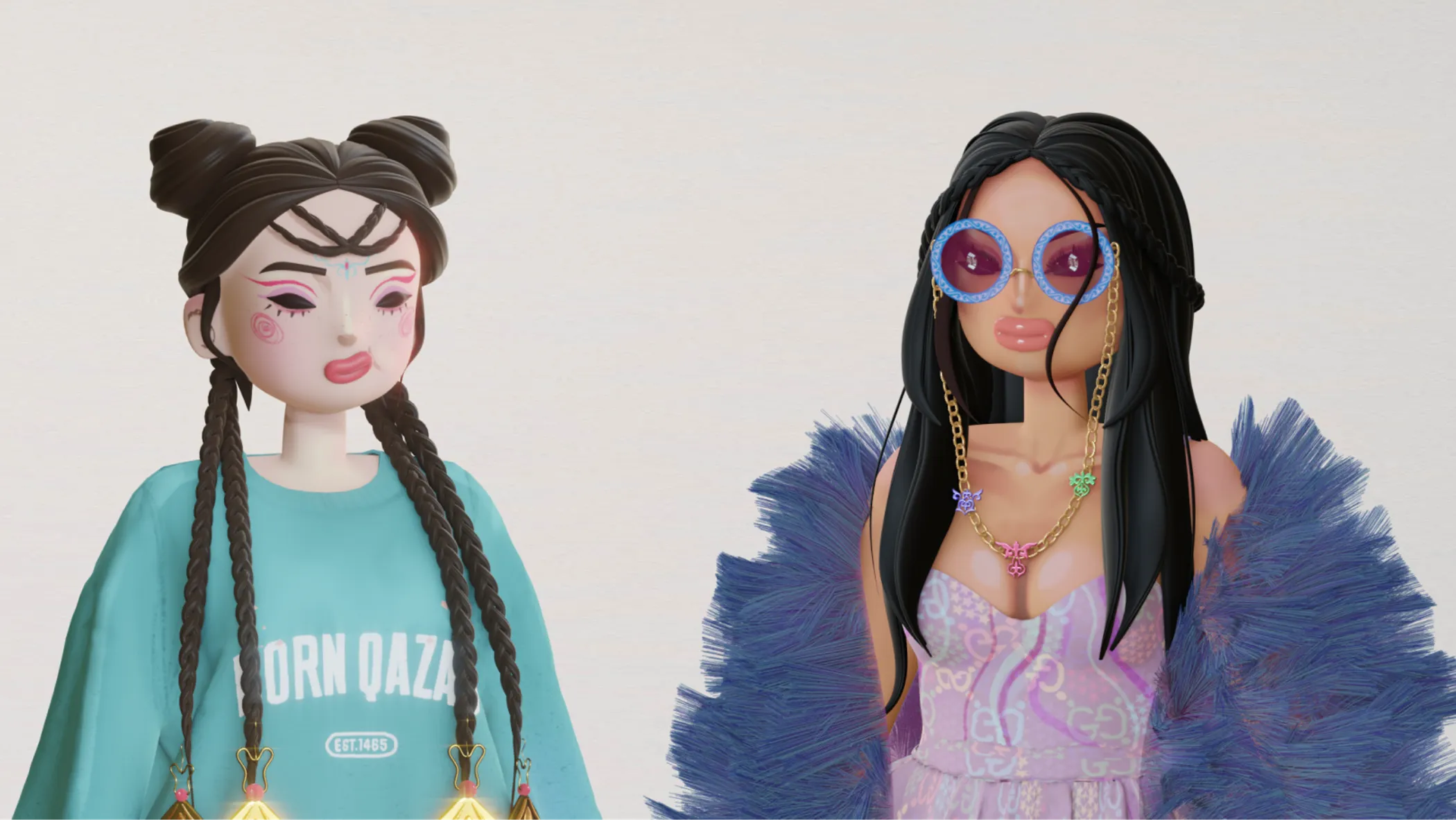
Which one is your favorite?
"It's Aisulu – the "VIP" Kazakh doll. It was very much fun to design her. She always brings positive emotions out of me. She is just so cool. I like everything about her design, from top to bottom."
The dolls depict stereotypical images to a certain extent, don’t they?
"I can't say that for sure. Personally, there are positive and negative stereotypes. A lot of people write to me asking why I design my dolls with narrow eyes. Apparently, it's ‘bad’. But Kazakhs having narrow eyes is neither good nor bad. It's just a physical feature of the eyes inherent to Kazakhs.
In our society, it happens to be that women will be judged no matter what – for being too feminine, being a patsy, having certain interests. There are tons of jokes about every type of girl. I think stereotypes are okay to some extent, as long as they aren’t negative or demeaning. It's fun to show how diverse our women are."
What is your target audience?
This is a project from a woman for women. It's not exclusively for the Kazakh audience – it’s for anyone who is interested in learning about us and who like the unusual, the bright, the beautiful, and the daring. I would like for Kazakh culture to be popularized and for people to have a window into our society.
This is a project from a woman for women.

‘Real patriotism comes when you understand your culture’
Today, Zarina is in a much better place as a confident creator who is not afraid to embrace her culture. Her NFT project has been a key part of the journey; and the artist voiced her intention to monetize the brand. She said she would love to produce physical versions of her dolls. But for now, she is teaching children at an art center in Nur-Sultan before she departs to the US to finish her studies.
How did you get out of that identity crisis you mentioned?
"One day, I came across a music video called “Medina” produced by Aisultan Seitov (One of my dreams is to work with him one day). I watched it and was really inspired, and over time I learned more and more about creators from Kazakhstan. The Kazakhstani audience has a great need for local content. It's always in short supply.
On some other level, it resonated with me. I saw the beauty in it: when I showed it to my foreign friends they didn't get it like I did. It also made me want to create something of my own and for that I had to learn a lot more about my culture than I did before. To do that, I even worked as a guide at the Kazakh EXPO pavilion in Dubai during my academic break. I had to study the school curriculum that I hadn’t bothered learning before.
Real patriotism comes when you understand your culture. Not from the standpoint of "I was born here, so I should be proud of my country" but from a deep realization of all the beauty and idiosyncrasies of Kazakhstan.
You feel genuine love; you tremble in awe before all the beautiful ornaments, historical personalities, stories. You imagine all this and think "wow, all of this was made by Kazakhs!" It encourages you to create something special yourself.
